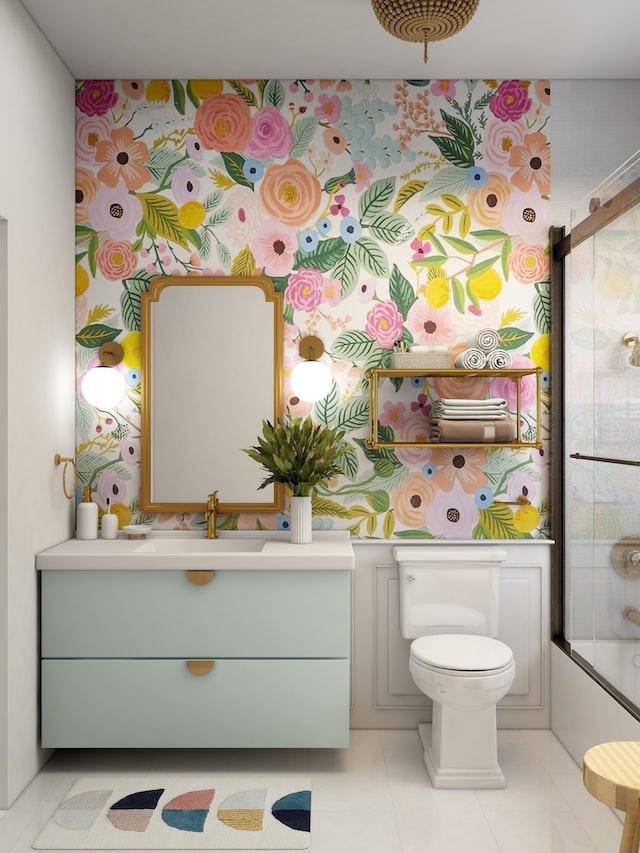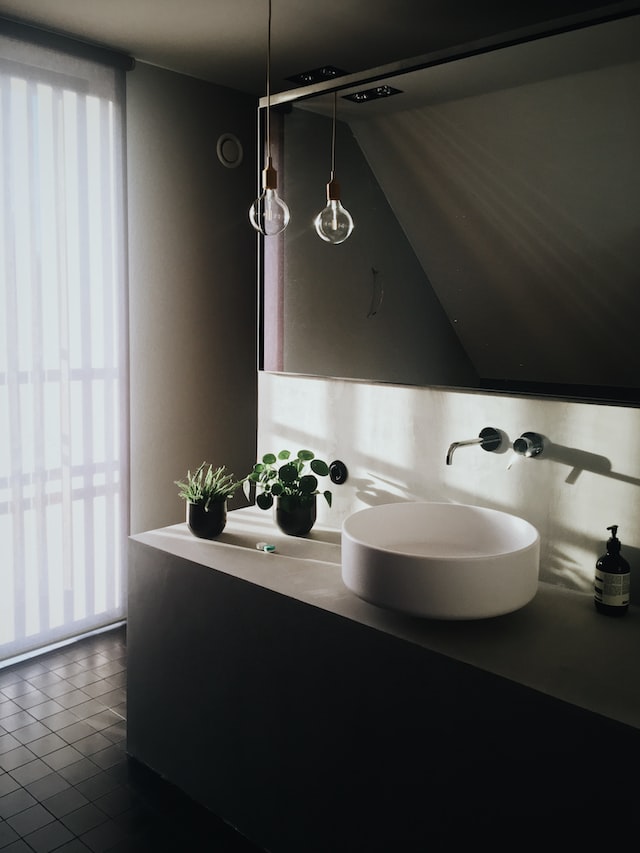It’s time for a redesign if your bathroom is old, small, or not functioning, or you want to increase the value of your property before selling it. Bathrooms are frequently among the smallest rooms in a house, but they have a big influence on the comfort of the space. The thought of moving forward with a bathroom redesign might be intimidating for a homeowner. Which design would complement the rest of my house the best? Check out these four bathroom design categories for ideas for your upcoming bathroom makeover rather than attempting to reinvent the wheel.
Traditional Bathroom Style
Traditional-style bathrooms place a strong emphasis on comfort and utility and are one of the most popular bathroom designs in modern houses. This design incorporates polished wood throughout the whole bathroom as well as glass, tile, and marble. The majority of conventional bathrooms’ color schemes are neutral and give complimentary hues to create a serene and airy environment.
The furniture and fixtures in conventional bathrooms are designed in recognizable, classic styles. Basin, pedestal, console sinks, fine wood cabinets, standard bathtubs or showers, copper, iron, or oil-rubbed bronze lighting, faucets, and fittings are common fixtures.
Along with the serene atmosphere it produces, this bathroom design is a wise choice if you desire a classic appearance. As this design may accommodate a wide range of interests, the neutral colors and traditional materials might also be perfect if you’re redesigning your bathroom to help you sell your property.
Rustic Bathroom Style
Although rustic bathrooms are often linked with rural, log, or farm-type homes, this style is suitable for anybody looking to give their bathroom a cozy, warm vibe. Reclaimed wood, rough stone, cast iron, or galvanized metal are just a few examples of textures that may be included with this look.
Rustic-style bathrooms have uniform textures, although the colors may differ. Warmer browns, deep blues, or mahogany are usual for comforting cabin-style designs, whereas white or cold color tones are employed to generate a modern farmhouse effect.
If you want something that will last and is quite cozy, think about a rustic-style bathroom. You may maintain a tough, rustic style with long-lasting materials by utilizing rustic bathrooms that emphasize workmanship and make use of wood, metal, and other sturdy fabrics. The bathroom’s extensive use of wood and texture, in addition to its longevity, captures the warm, inviting vibe of this design.
 Modern Bathroom Style
Modern Bathroom Style
Modern-style bathrooms, in contrast to traditional or rustic bathrooms, are the pinnacle of a sleek and streamlined appearance, drawing from a clean, minimalist design. People frequently choose clean hues of white, neutrals, or black when decorating a modern-style bathroom, but minor details like hand towels, artwork, or flowers provide pops of color. This design is characterized by high-quality components including marble, stone, porcelain, and mosaic tile work in addition to the neutral hues.
Beyond the fundamental components of a modern bathroom, this design is commended for its understated cabinets and appliances. Transparent glass showers, floating vanities, under-mount or vessel sinks, and freestanding tubs are a few examples of this.
If you’re constantly searching for the newest “next big thing,” modern bathrooms combine straightforward yet creative design and novelty concepts for appliances, cabinets, amenities, and more.
Modern bathrooms offer tranquility in addition to new ideas because of their simplicity. The open, uncluttered area and clean, basic design provide peace of mind.
Transitional Bathroom Style
Bathrooms designed in a transitional style are renowned for their ability to blend two separate design periods to provide a striking, original appearance. As a result, homeowners having trouble deciding which bathroom design to go with might combine the finest features of both designs to create a transitional bathroom.
This design aesthetic often mixes old or vintage elements with modern or contemporary pieces, and it could also include some rustic details. A transitional bathroom may include:
- A trendy walk-in shower incorporating contemporary tile or granite coupled with exposed oak beams
- A vintage claw-foot tub with a contemporary vessel sink and cabinetry
- Modern seamless shower, wood-inspired tiles, and shiplap walls
One of the main advantages of choosing a transitional-style bathroom is its adaptability. By fusing parts of many designs, you may create a bathroom that is elegant but pleasant, tidy but inviting, and straightforward but distinctive. A new design may be used with old parts because of this adaptability.
A transitional bathroom offers countless design alternatives, so if you want to create a spa-like ambiance, you should think about using this design. This may be portrayed by combining modern fixtures with wood and other natural materials, as well as elegant accents like chandeliers, free-standing tubs, and elaborate tile work.
Conclusion
If you’re considering a bathroom renovation, think about basing it on the most popular bathroom trends. These include the Traditional Bathroom Design, the Rustic Bathroom Design, the Modern Bathroom Design, and the Transitional Bathroom Design.



 Modern Bathroom Style
Modern Bathroom Style

